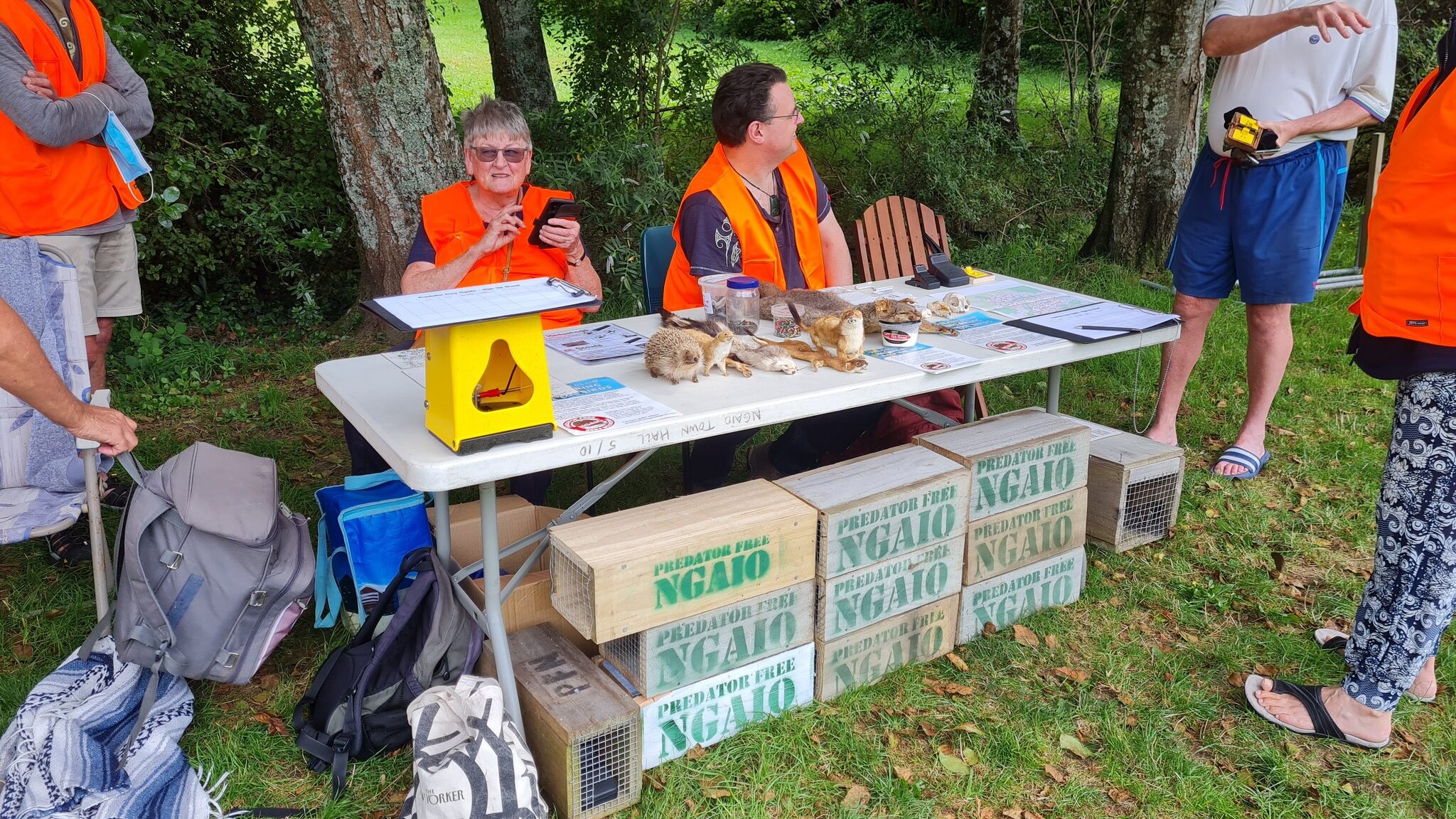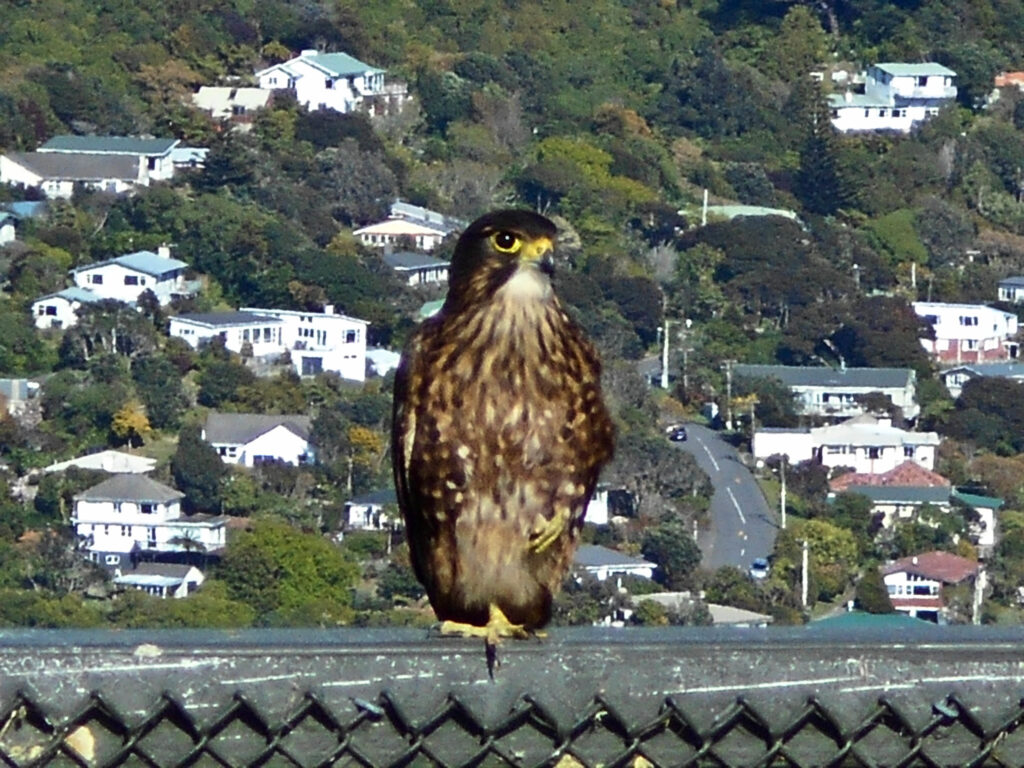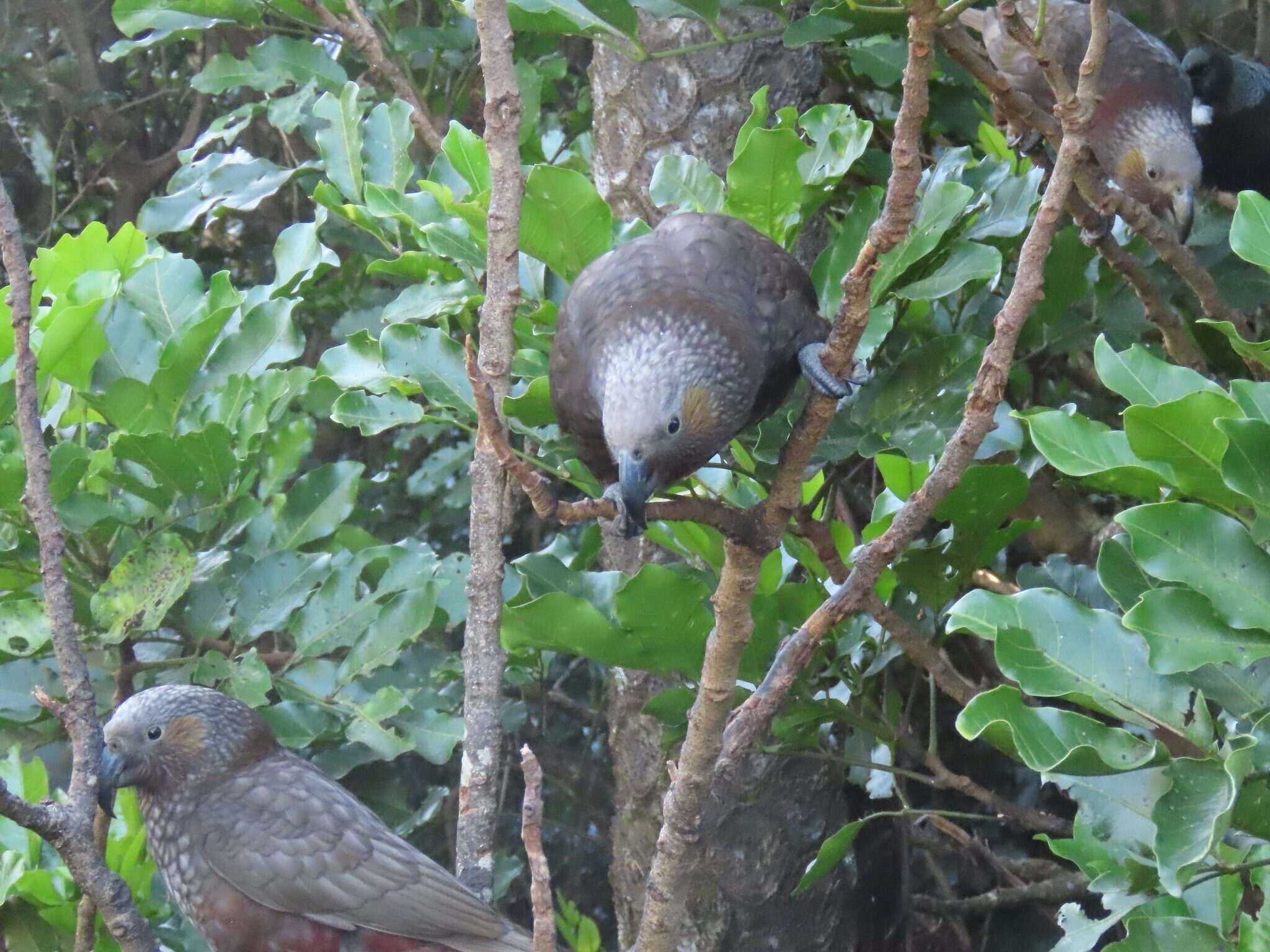This Wellington community group shares their secret recipe for success. Once every fortnight, a ping can be heard across hundreds of households in the inner Wellington suburb of Ngaio…

It’s the e-newsletter from Predator Free Ngaio – a kind of community noticeboard connecting more than 600 households to the latest news, anecdotes, predator capture data, and native bird sightings across the area.
These snippets of bird life, trapping anecdotes, advice, tidbits, tips and general chatter about conservation topics have all been brought together by group coordinator Judie Alison since 2019.
A retired teacher and educator by background, Judie believes sharing members’ experiences has helped steadily build a sense of interconnectedness.
“I do like to encourage them to send their own stories in because they’re part of creating a community – they have a sense they’re part of something bigger than them,” she says.
“The [trappers] certainly respond when they’re catching. They love to tell us what they’ve caught – and sometimes in quite graphic detail,” she laughs.
Before she took over the responsibility for the newsletter, it was primarily used to collect predator data from a network of local trappers. But while the newsletter’s content has expanded, the call for the latest trapping numbers is always well answered.
Each newsletter lists the total number of reported catches from the previous fortnight and the ‘Top Trappers’ – those who caught the most and on which streets.
Focus on the bird stories
While tracking the number of predators caught remains its core business, offering other opportunities, events, and information helps it appeals to a broader cross-section of residents.
“I have a policy always to prioritise reports about bird life to keep the focus not on the gory trapping stuff,” she says.
And members always deliver.
“People are wonderful. One time, someone sent in photos of kārearea (New Zealand falcon) feasting in their driveway,” Judie recalls. “There’s so much that comes through.”
Including this entry from member Hilary in April:

“I saw and heard a korimako (bellbird) in my garden last week – its breast shining bright lime green in the sun – a rare treat. One visited last year, and I’d been waiting for it to return. Another piece of evidence that all our trapping endeavours are working.”
Don’t be afraid to try new things
Because of the goodwill and trust built up over the years, Judie says it’s given the group the confidence to experiment with different things, too. In the past, they’ve offered several initiatives for members to take part in, including bird counts, chew card monitoring, citizen science projects and academic talks.
“We’re not afraid to fail because we feel we have their confidence and are honest. We’ll say, ‘We’re going to give this a go – we don’t know what it’ll reveal, but who wants to join? Who wants to do it?’

“So there’s a lot of extra activities people can participate in if they want to,” Judie says.
The growing community involvement and sense of ownership in the cause meant Predator Free Ngaio was recently granted funding from Predator Free New Zealand Trust to encourage more residents on board.
With the constant movement of people in and out of the suburb, the group is eager to continue building on its record of around 17,000 rats and mice trapped since its inception.
The funding means Predator Free Ngaio can continue to loan traps, tunnels, and other gear to meet future demand from residents.
That demand is happening already. At the recent Ngaio Community Picnic, Predator Free Ngaio’s stall experienced an “astonishing” increase in new members and high demand for traps and tunnels.
“[Volunteer] Richard had to go back to his place and get a whole lot more traps and tunnels! These were people who actually picked them up on the spot and took them home,” Judie explained.
Predator Free Ngaio continues expanding its membership to those who live in or around the area. Anyone interested can follow their Facebook group or sign up for the newsletter by emailing [email protected].

